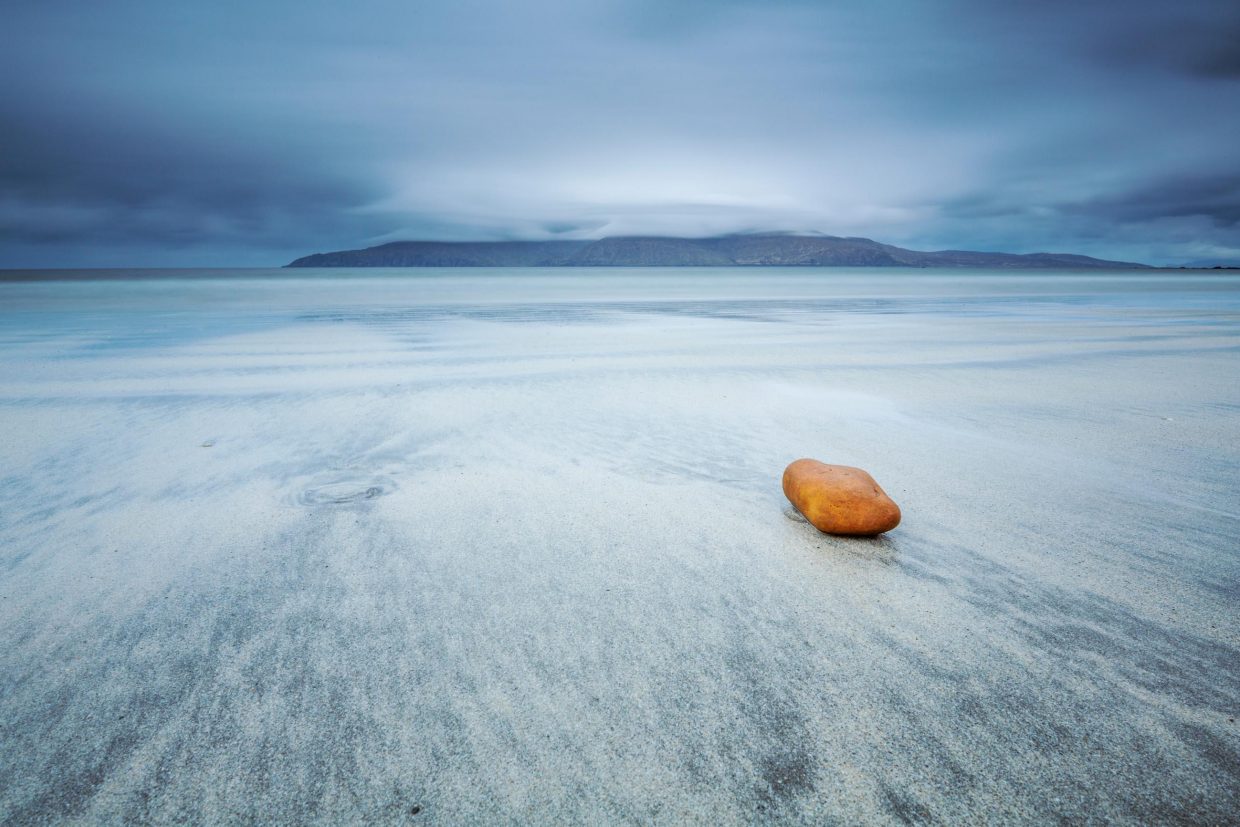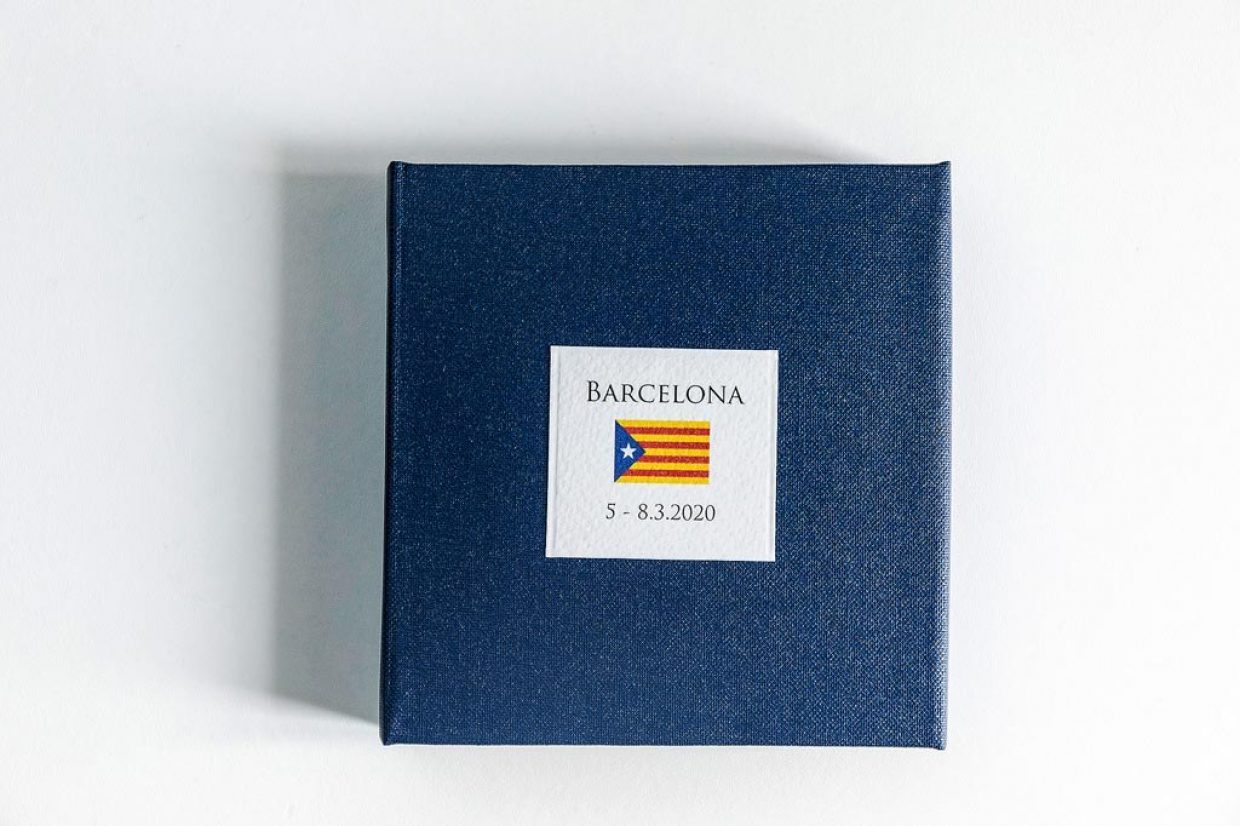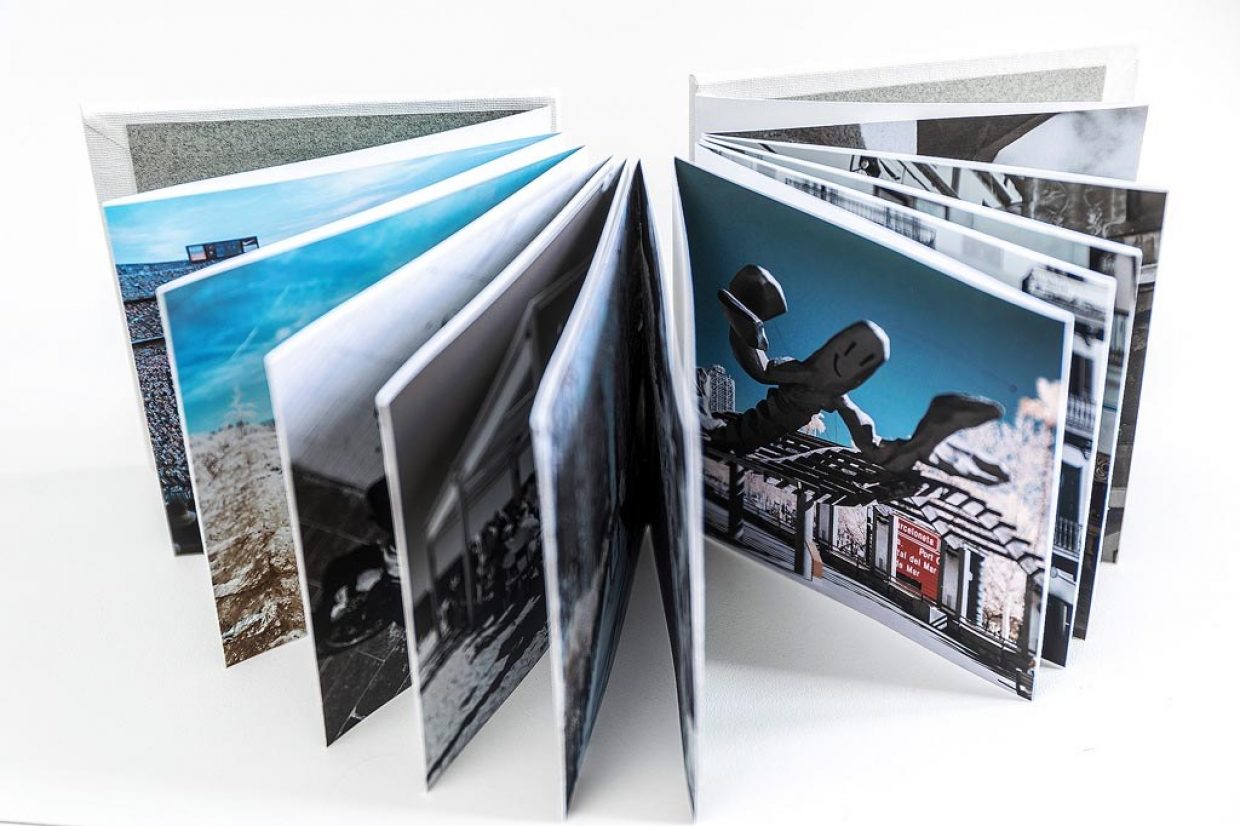The good news is that these also have a future too, they can grow into swans of their own and sit proudly on display as lovely prints in books we might create to display them in.
So here begins another process of evaluation but one where we are the final judge, jury (and executioner!) of our own work.
Here begins the real fun. Finding photos from previous trips, which might have seemed entirely unconnected before, and establishing a link between them is a very rewarding and creative thing to do.
Take a look over the photos you submitted to LPOTY. Ask yourself; what else have you got besides these cherished few?

Have you got a whole bunch of long exposure seascapes, or a wealth of abstract woodland scenes? Can you see a set of photos connected by reference to the subject matter, the feeling they gave you or the type of location and weather depicted? If so, all these photos have a role to play in a book or album you create on a theme of your choice.
For a more structured approach, sit with a glass of wine and a pad and paper one evening and jot down any number of ideas and themes about the landscape and then look to see what you have that can illustrate these ideas.
Very soon, you can be joining dots between photos taken years ago in one place with photos taken elsewhere not so long ago and bringing them together into a lovely set of images that work very well together.

For example, I have an idea to create a book of images that illustrate where earth and sky meet one another. Here I’m and bringing all my photos of low hanging clouds shrouding mountains, cloud forests and reflections of skies in water into a coherent set of images that flow nicely from one to another.
Of course, an idea for a book of photos doesn’t have to be as conceptual or thematically driven as these examples. A book can be made of any set of images that has some recognisable connection. It can be as simple as being all taken from a particular place or a period of time. Books on your holidays or sequences of photos taken over the course of a year would be good examples of this.

Once we’ve got an idea for how we’d like to group our photos together, we need to then lay them out on the kitchen table (preferably with another glass of wine!) and look at how we can find a pleasing sense of flow from one photo to another. This process of sequencing is both enjoyable and satisfying; it’s a bit like a jig saw puzzle and once the pieces start to slot together and the overall sequence takes shape its very enjoyable.
So, once you’ve pressed the big, green, ‘Submit’ button on the LPOTY website, don’t let that be the last time you review your precious work. I’d urge you to use books and printing as a means of enjoying more of your work beyond even the broad categories LPOTY provides and as an ongoing way of seeing your work in a final, tangible form.
Alex Hare is a full time photographer with a special interest in landscapes and the stories that involve it. Alex was Highly Commended in LPOTY 2012.